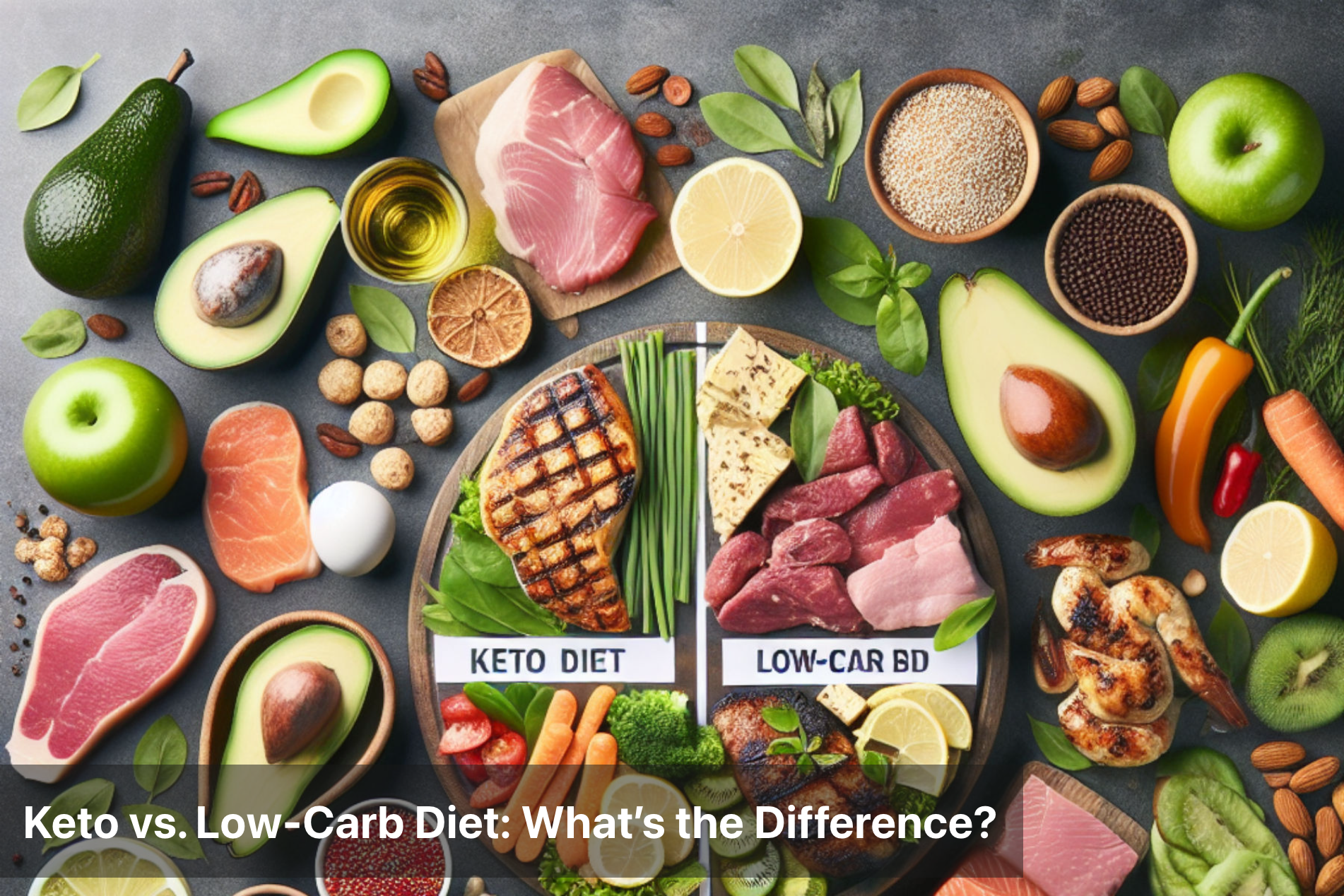
Keto vs. Low-Carb Diet: What’s the Difference?
Low-carbohydrate diets have gained immense popularity for their role in weight loss, blood sugar control, and overall health improvement. Among the most well-known approaches are the ketogenic (keto) diet and the general low-carb diet. While both involve reducing carbohydrate intake, they differ significantly in macronutrient ratios, metabolic effects, and long-term sustainability.
Understanding the key differences between the keto diet and a low-carb diet helps individuals choose the best approach based on their goals, lifestyle, and health needs.
What is the Keto Diet?
The ketogenic diet is a high-fat, moderate-protein, and very low-carb diet designed to shift the body into a metabolic state called ketosis. In ketosis, the body burns fat instead of carbohydrates for energy, producing ketones as an alternative fuel source.
Macronutrient Breakdown of the Keto Diet
70-75% Fats – Avocados, nuts, butter, olive oil, and fatty fish
20-25% Protein – Meat, poultry, eggs, and cheese
5-10% Carbohydrates – Leafy greens, low-carb vegetables, and berries
To maintain ketosis, daily carbohydrate intake is strictly limited to 20-50 grams. This extreme carb reduction forces the body to burn fat efficiently, leading to rapid fat loss and increased energy levels.
Benefits of the Keto Diet
Promotes rapid fat burning and weight loss
Enhances mental clarity and focus
Improves blood sugar levels and insulin sensitivity
Reduces inflammation and supports heart health
May help manage neurological conditions like epilepsy, Alzheimer’s, and Parkinson’s
Challenges of the Keto Diet
Keto flu symptoms – Fatigue, headaches, and dehydration during the transition phase
Strict food restrictions – Many high-carb foods like grains, fruits, and legumes are eliminated
Difficult to sustain long-term – Social dining and cravings can make adherence challenging
The keto diet is best suited for those seeking aggressive fat loss, metabolic improvement, or therapeutic benefits like epilepsy management.
What is a Low-Carb Diet?
A low-carb diet is a more flexible approach that simply reduces carbohydrate intake compared to a standard diet. Unlike keto, it does not require ketosis and allows for a wider variety of foods, including more protein and moderate carbs.
Macronutrient Breakdown of a Low-Carb Diet
40-60% Fats – Olive oil, nuts, dairy, and lean meats
20-30% Protein – Chicken, fish, eggs, and plant-based proteins
10-30% Carbohydrates – Whole grains, fruits, and starchy vegetables in moderation
Daily carbohydrate intake typically ranges from 50 to 150 grams, making this diet more sustainable while still offering benefits like improved blood sugar control and weight loss.
Benefits of a Low-Carb Diet
Supports gradual weight loss without extreme restrictions
More flexible and easier to maintain than keto
Helps stabilize blood sugar and reduce insulin spikes
Allows for a variety of healthy foods, including fruits and whole grains
Suitable for athletes and individuals needing higher energy levels
Challenges of a Low-Carb Diet
Does not promote ketosis, so fat-burning may not be as efficient
More variability in carb intake can lead to fluctuations in energy levels
A low-carb diet is ideal for those who want moderate carbohydrate reduction while still enjoying a balanced and flexible meal plan.
Key Differences Between Keto and Low-Carb Diets
Feature |
Keto Diet |
Low-Carb Diet |
|---|---|---|
Carbohydrate Intake |
Strictly limited (20-50g per day) |
Moderately reduced (50-150g per day) |
Fat Intake |
High (70-75%) |
Moderate (40-60%) |
Protein Intake |
Moderate (20-25%) |
Higher (20-30%) |
State of Ketosis |
Yes (Ketone production occurs) |
No (Body still uses glucose as primary fuel) |
Weight Loss Rate |
Faster fat-burning due to ketosis |
Slower but steady weight loss |
Flexibility |
Strict food restrictions |
More food variety allowed |
Sustainability |
Harder to maintain long-term |
Easier to follow for extended periods |
Best For |
Rapid fat loss, metabolic disorders, epilepsy |
General weight loss, blood sugar control, long-term adherence |
Which Diet is Right for You?
Choosing between keto and a low-carb diet depends on individual goals, health conditions, and lifestyle preferences.
Who Should Choose Keto?
Individuals seeking rapid fat loss and metabolic efficiency
Those with type 2 diabetes or insulin resistance needing blood sugar control
People with neurological conditions like epilepsy or Alzheimer’s
Individuals who can commit to a highly restrictive eating pattern
Who Should Choose a Low-Carb Diet?
Those who want steady and sustainable weight loss
Individuals who need a more flexible approach without strict food restrictions
Athletes or highly active people who require moderate carb intake for performance
Anyone looking for long-term health benefits without extreme dietary changes
Common Mistakes When Following Keto or Low-Carb Diets
Regardless of which diet is chosen, mistakes can hinder progress. Some common pitfalls include:
Not Eating Enough Fat on Keto – Many people reduce carbs but forget to increase healthy fat intake, making it harder to stay in ketosis.
Overeating Protein – Excess protein on keto can be converted to glucose, preventing ketosis.
Ignoring Hidden Carbs – Some sauces, dressings, and processed foods contain hidden sugars and starches.
Skipping Fiber-Rich Vegetables – Both diets require fiber to prevent digestive issues.
Not Staying Hydrated – Electrolyte imbalances are common, leading to fatigue and muscle cramps.
Focusing on whole, nutrient-dense foods and balancing macronutrients helps optimize results on both keto and low-carb diets.
Summary
The keto diet and low-carb diet both focus on reducing carbohydrate intake, but they differ in macronutrient ratios, metabolic effects, and sustainability.
Keto is a strict high-fat, very low-carb diet that induces ketosis, promoting rapid fat loss, improved brain function, and blood sugar stability.
A low-carb diet offers a more flexible approach with moderate carb intake, allowing for a balanced lifestyle while still supporting weight loss and overall health.
Choosing the right diet depends on personal goals, health conditions, and long-term preferences. While keto provides faster weight loss and metabolic benefits, a low-carb diet is easier to maintain and offers more food variety.
Understanding these differences ensures an informed decision when adopting a low-carb lifestyle, making it easier to achieve long-term success and health benefits.
This Blog post is an initiative by Lo! Foods, to provide accurate and Nutritionist / Doctor approved information related to Health. Lo! Foods is India's leading brand for Everyday Functional Foods. Foods designed for specific Health conditions or Needs. Lo! Foods also runs India's largest range of Low Carb Healthy Cloud Kitchens, under the brand names of Lo!, ProteinChef, ATH (All Things Healthy) and DiabeSmart.





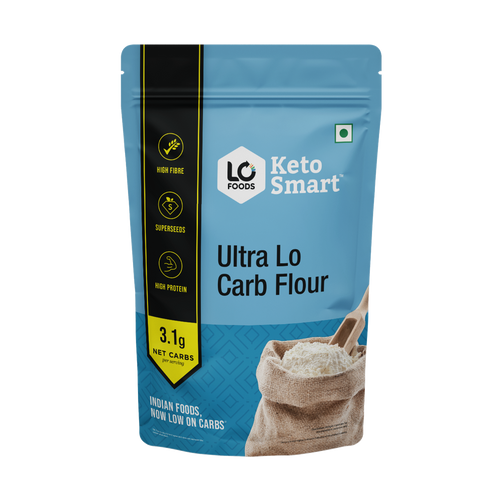


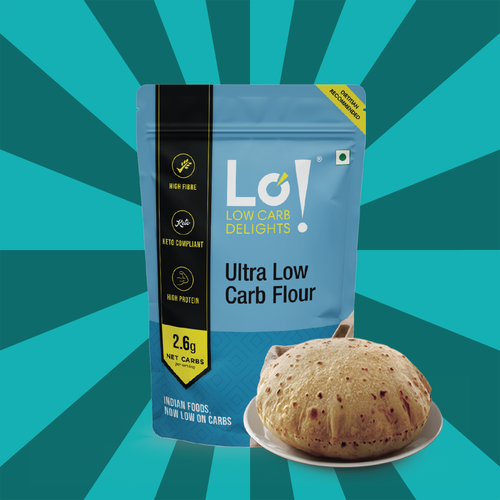


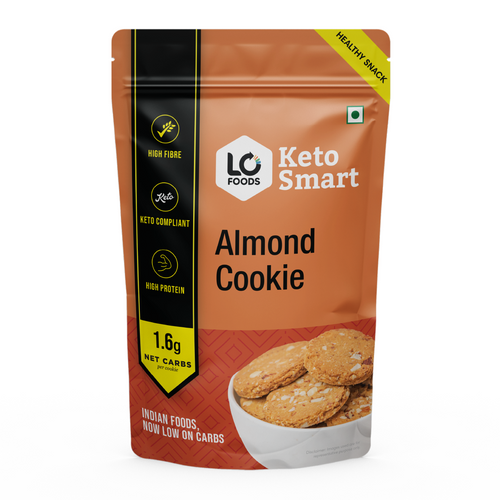


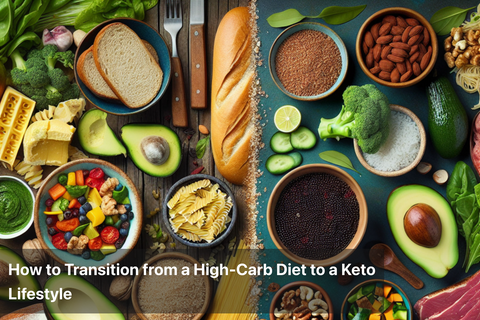
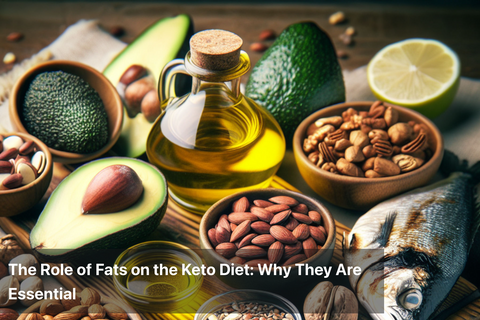
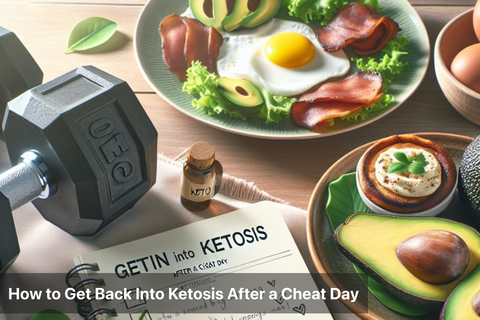
Leave a comment
Your email address will not be published.